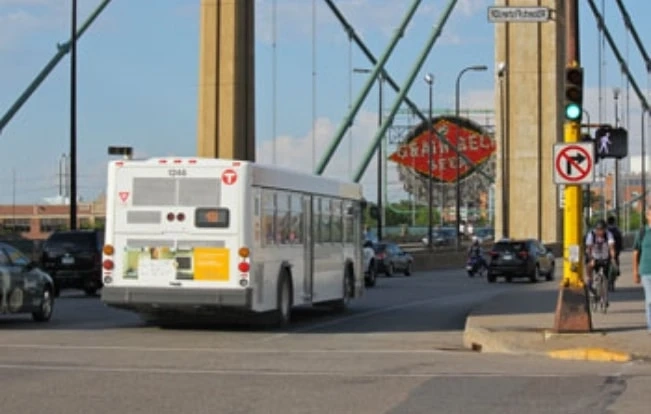Using Traffic Signal Priority (TSP), the time is reduced to quite the extent that a transit vehicle spends waiting at a red light by adjusting the timing of a traffic signal’s red and green cycles. It can either shorten red times so a stopped vehicle can move again or extend green times so an approaching transit vehicle can cross through without stopping. TSP is a much more trustworthy and faster transit service and is relatively easy for any street-running transit vehicle, including buses, light rail, and streetcars.
The primary objectives of traffic signal priority are:-
It helps in reducing the time taken to pass through an intersection area. In some urban areas, buses and trams may pass through numerous signalized intersections. The increased delay at all the intersections can add many minutes to the overall trip time, leading to increased resource requirements and operating costs.It also helps in minimizing the discrepancy of time taken to pass through an intersection area. The cumulative effect over all the signalized intersections on a route can amount to several minutes. The effect can be even more severe if signal cycle times are lengthy. This variance can impact reliability and timekeeping and can lead to bunching. So minimization of variance is often the main reason for implementing traffic signal priority for public transport vehicles.It also helps in assisting buses and trams to make maneuvers that are not permitted for general traffic safely. This is usually executed in conjunction with other traffic management measures such as bus-only streets, entrance to busways, contraflow bus lanes, or cut-throughs at roundabouts.Signal priority rules depend on the intent of the TSP system that is accepted by both the transit agency and the signal operations agency. If authorities want, they can also set up rules for restricted settings that provide more flexibility for schedules and traffic conditions.
Authorities work on decisions that involve balancing how frequently and under what conditions to use because TSP systems interrupt a traffic signal’s standard signal cycle. As traffic signal sometimes requires various rotations to return to their standard plan, if TSP is activated too frequently or in too short of succession, it can cause delays for other traffic.
TSP works excellently in locations with high-frequency transit services, and people depend on transit to move. The pricing of a transit priority signal to install and operate is relatively low and varies depending upon the number of transit vehicles outfitted with TSP equipment and signalized intersections. Typically, the traffic signal operating agency pays the equipment cost, and the transit agency pays for the equipment onboard the transit vehicles.
For many years, the EMTRAC TPS system has been used throughout North America to help with the first response.
Get in Touch:
location: Manufactured By STC, Inc. 1201 W. Randolph St, McLeansboro, IL 62859
phone: Richard D’Alessandro: (214) 607–0100
Fax: (214) 607–0105
Email: info@emtracsystems.com
0


